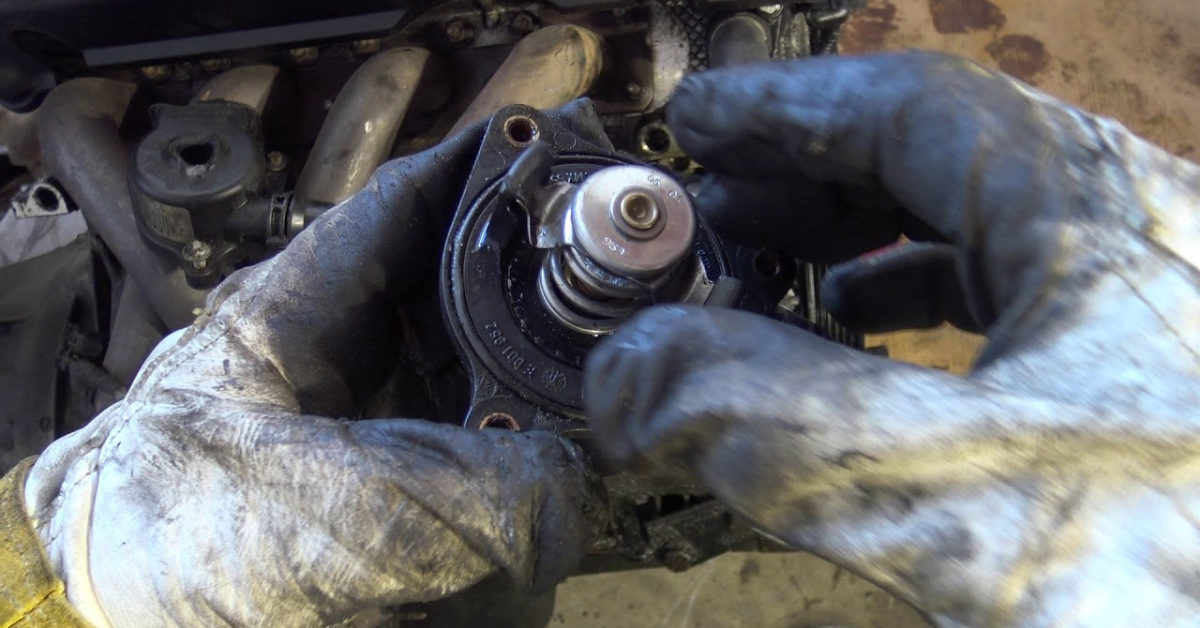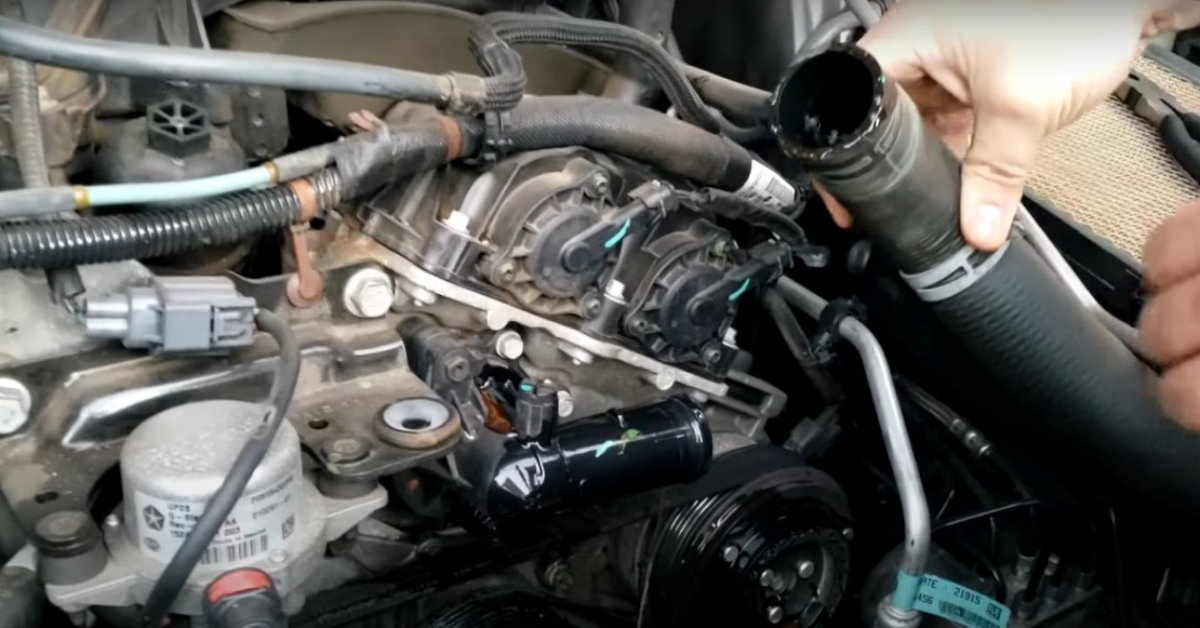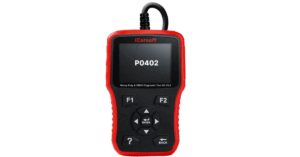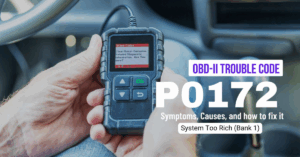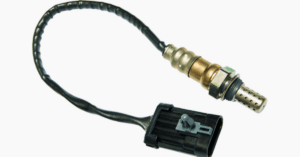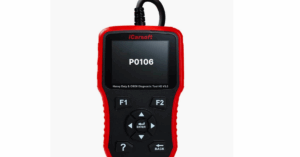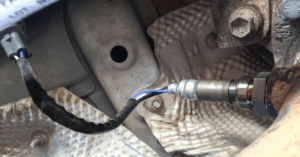When the P0128 code appears, it means your engine is not reaching the proper coolant temperature and is running below the required level, typically 200 degrees. This indicates an issue with the thermostat, often stuck open or not regulating the temperature properly. It could also be a problem with the sensor, wiring, or the powertrain control module (PCM), which is responsible for managing the temperature control system.
Drivers may notice decreased engine efficiency, longer warm-ups, or even low levels of coolant. If this code is ignored, it can lead to more serious issues, like an illuminated check engine light or even misfire. The MIL light could also illuminate, and driving at highway speeds might not reach the correct operating temperature.
To fix the problem, it’s important to check the codes using an OBD scanner at a local parts store. Addressing the issue promptly helps avoid further damage, like additional parts failure. It’s best not to wait too long before troubleshooting and solving this issue, as later repairs might cost more.
What Does Code P0128 Mean?
The P0128 code signals a problem with your engine’s coolant temperature regulation. When the coolant temperature is running below the expected range, this typically means the thermostat is either not regulating correctly or is stuck open, causing the engine to run cooler than it should. The ECM (Engine Control Module) or PCM (Powertrain Control Module) determines that the engine is not reaching its optimal operating temperature within the correct time frame.
This prevents the vehicle from entering closed-loop mode, which is necessary for the proper functioning of oxygen sensors and maintaining good fuel economy and emissions. If the thermostat’s opening temperature is too low, it may trigger the P0128 code and indicate that the engine’s cooling system is not functioning as expected. Other components like the PCV valve could be affected as well.
A malfunction in the cooling system or a faulty sensor can cause this issue. Drivers may notice that the engine takes too long to warm up, and fuel efficiency could decrease. The error is triggered when the vehicle doesn’t reach the proper temperature or fails to keep it steady, which could eventually lead to a poor diagnostic trouble code reading and affect other vehicle functions.
How the thermostat works
The thermostat is a temperature-operated valve installed in the vehicle’s cooling system to control the coolant flow through the radiator. It helps regulate the engine’s temperature and prevents overheating by allowing coolant to flow at the right time.
Why is the P0128 Issue Important?
The P0128 issue is important because it means your engine is operating at a lower-than-optimal temperature, which can lead to increased fuel consumption, higher emissions, and possible long-term engine damage.
Engines are designed to operate efficiently at a manufacturer-specified heat level, and if it’s too low, the oil stays thicker, reducing lubrication, and increasing wear on engine components. It also affects fuel combustion, making the process less efficient and causing incomplete fuel burn.
What Are the Symptoms of a P0128 Code?
The P0128 error code usually causes the check engine light to turn on and can result in the car taking longer to warm up or the temperature not rising properly while driving. The temperature gauge may show the engine is cooler, and the heater might stop working.
Other signs include reduced fuel economy and a failed emissions test. In some cases, there are no symptoms, but the engine temperature drops in cold weather, or the air conditioner or temperature gauge stops working. GM vehicles often show the Check Engine light without clear symptoms.
Key Symptoms:
- Check Engine light turning on
- Longer warm-up time
- Temperature gauge issues
- Reduced fuel economy
- Failed emissions test
Understanding the Causes of P0128
The P0128 code usually occurs when the engine coolant temperature is below the required level for the thermostat to properly regulate. Causes include a bad coolant temperature sensor, a stuck cooling fan, a malfunctioning thermostat, or a faulty intake air temperature sensor.
It can also be triggered by low coolant levels, ECT sensor issues, or outdated PCM software. Cold climates or small trips can also prevent the engine from reaching the normal operating temperature.

Key Causes:
- Bad coolant temperature sensor
- Stuck cooling fan
- Malfunctioning thermostat
- Faulty intake air temperature sensor
- Issues with engine coolant temperature (ECT) sensor
- Low coolant levels
- PCM software update needed
- Engine computer issues
- Cold climate or small trips preventing normal operating temperature
Common Problems Causing the Code P0128 in Different Cars
The P0128 error code appears in various GM vehicles, including Chevrolet Trailblazer, Silverado, and HHR, often caused by a sticking thermostat. This leads to the temperature gauge stopping, and radiator fans running constantly. Replacing the thermostat usually resolves this, though other issues may exist. In 2007, a TSB for certain Chevrolet models suggested reprogramming the PCM as a solution.
For Nissan Altima and Sentra, the 2007 Technical Service Bulletin (TSB) advises checking the engine computer’s part number using a scan tool to ensure it matches the bulletin’s numbers. In Mazda 3 and Mazda 5 models, improper calibration of the PCM is a common cause, and updating software or replacing the thermostat may be needed, particularly in models built before 2004.
For Subaru, a service bulletin (09-56-13) for 2013-2014 models recommends replacing the thermostat and gasket if the P0128 code appears. Chrysler also has TSBs for models like the Jeep, Dodge, and Chrysler 300, with thermostat issues causing coolant to pass through incorrectly. Replacing the thermostat housing with an updated part or adding a shim is often required.
Read More:
6 Common Problems After Engine Replacement
Mercedes-Benz Service A5: [ Service Cost & Checklist]
How Serious Is the P0128 Code?
The P0128 error code is serious because it signals an issue with the coolant and thermostat, causing the engine to run at a lower-than-expected temperature. The OBD system triggers this code when the engine doesn’t reach the proper temperature fast enough, affecting the powertrain and leading to increased emissions and poor fuel economy.
The code monitors how fast the coolant flows and may indicate a fault condition if it fails to reach the right temperature. Unlike P0217, which signals overheating, P0128 should be taken seriously.
Can I Still Safely Drive with a P0128 Code?
You can still drive with a P0128 code, but it’s important to have a professional mechanic check your car to ensure it’s operating at its best and prevent any additional damage. If your vehicle runs well, with coolant level OK and no drive-ability problems, it may just be a case of the thermostat sticking intermittently.
In general, this is not a huge problem, though it can affect gas mileage. It’s still recommended to have it checked out to avoid further issues, especially if you’re experiencing other P0 code variations.
How Easy Is It to Diagnose a P0128 Code?
Diagnosing a P0128 error code can be tricky and often requires the help of a local mechanic for sufficient diagnosis. Mechanics typically start by checking the coolant temperature and ensuring the radiator hose is heated, with the thermostat opening and allowing hot coolant to flow through the engine. If the coolant isn’t warming quickly or is warming slowly, it may indicate a stuck open thermostat.
A scan tool can help identify issues with the coolant temperature sensor or check the temperature gauge in the vehicle. Manufacturers like Volkswagen use a blue coolant light to indicate the coolant is below regulating temperature, and a thermometer reading of 200° F can confirm if the system is functioning correctly. If the readings don’t match, it points to an issue with the sensor or connectors.
These methods require technical expertise from experienced mechanics to provide an accurate outcome. For the best results, it’s advisable to have your car checked by a professional mechanic to determine the root cause and perform the necessary repairs. Performing a basic check under the hood for things like coolant level and engine coolant temperature sensor connectors is essential in ensuring proper diagnosis.
How to Fix P0128
To fix P0128, the easiest solution is to start by checking for low coolant levels. First, turn off the engine and wait for it to cool. Once it’s safe, open the coolant reservoir to inspect the coolant system, which is typically pressurized during normal operation. Opening it when hot could cause burns or other injuries, so be careful. Check the levels and strength of the coolant and compare it with the recommended values in the service manual.
If the coolant levels are fine, the next likely issue could be with the thermostat, which may need to be inspected or replaced. The problem could also lie with a faulty intake air temperature sensor, engine coolant temperature sensor, or a malfunctioning cooling fan.
It can be difficult to inspect these components, as some may not show visible signs of damage. It’s a good idea to inspect these systems thoroughly before proceeding with a replacement.
Repairing the P0128 error code
Repairing the P0128 error code involves several steps to identify and fix the root cause of the problem. This may include replacing a faulty thermostat that’s stuck open and doesn’t allow coolant to reach the proper temperature, as well as topping up or replacing engine coolant.
If the issue persists, updating the engine control module software or checking electrical connections may be necessary to ensure the vehicle operates efficiently and remains reliable over time.
FAQs
How do I fix the code P0128?
Check and replace the thermostat, ensure coolant levels are correct, and inspect the coolant temperature sensor.
Is it OK to drive with P0128?
It’s possible, but you should have a mechanic inspect it soon to prevent engine damage.
What would cause coolant temperature below thermostat regulating temperature?
A faulty thermostat, low coolant levels, or a malfunctioning coolant temperature sensor can cause this.
How to reset coolant temperature sensor?
You may need to disconnect the battery for a few minutes or use a scan tool to reset the ECM.

Mian Hashir is a passionate automotive enthusiast and the lead author at Car Garagee, a website dedicated to providing in-depth car reviews, maintenance tips, and the latest news in the automotive world. With years of experience in the industry, Hashir combines his technical knowledge with a love for cars to deliver insightful and engaging content. Whether you’re a car owner or a curious reader, Mian Hashir’s articles help readers make informed decisions, from choosing the right vehicle to understanding how to keep it in top condition.

